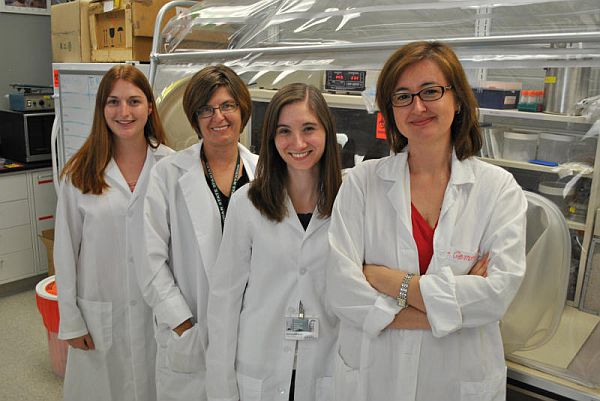
A team of researchers at Michigan State University has come up with the answer to how the mcrobes generate electricity while cleaning up nuclear waste. The team is led by Gemma Reguera, an MSU microbiologist. The complete report was published in the current issue of the ‘Proceedings of the National Academy of Sciences’.
The Eureka moment
The microorganism referred to in the study is a Geobacter and its ability to immobilize the uranium was well known even before the research started. Reguera explained that Geobacter bacteria are tiny micro organisms that can successfully clean the nuclear polluted sites of the world. The research took altogether a new turn when the team discovered Geobacter’s nanowires. Nanowires are hair like appendages present outside Geobacter body. The researchers were amazed to discover that these tiny appendages are not just responsible for uranium reduction but are also the managers of electrical activity. The nanowires are also responsible for protecting the Geobacter and allowing it to survive and grow in radioactive environment.
Another round of success followed when Reguera and her team were able to genetically engineer a Geobacter strain to achieve enhanced nanowires production. As a result, the modified Geobacter is more efficient in cleaning radioactive waste. Furthermore, its viability as a catalytic cell has also shown significant improvement. these rounds of experiment though successful and promising, need were study and research over a period of time according to Reguera.
The impact
The effectiveness of this mechanism has been well proven by a sample cleanup in uranium mill in Rifle, Colo. The team first introduced acetate into contaminated groundwater. This is the preferred food of the Geobacter bacteria. as a result it led to an exponential growth in the Geobacter community, which were already present in the local soil. The experiment worked quite well in removing the uranium. This can serve as a model for future cleanup of nuclear sites infected with uranium and other radioactive waste.
Reguera and her team have filed patents and plans to carry further research. This can lead to development of microbial fuel cells capable of generating electricity that are currently used for cleaning up the environment after nuclear disasters.
Via: Science Daily




